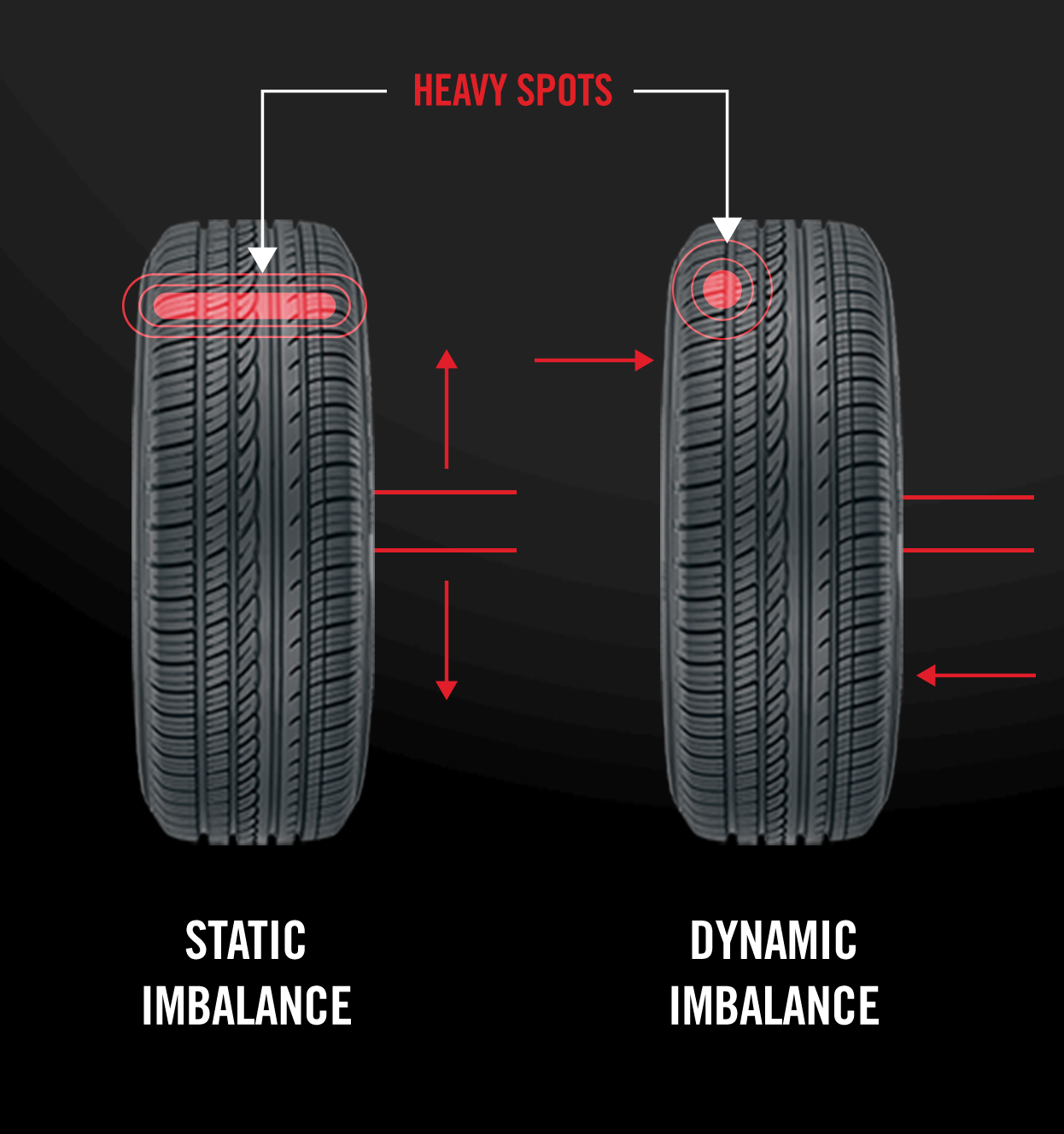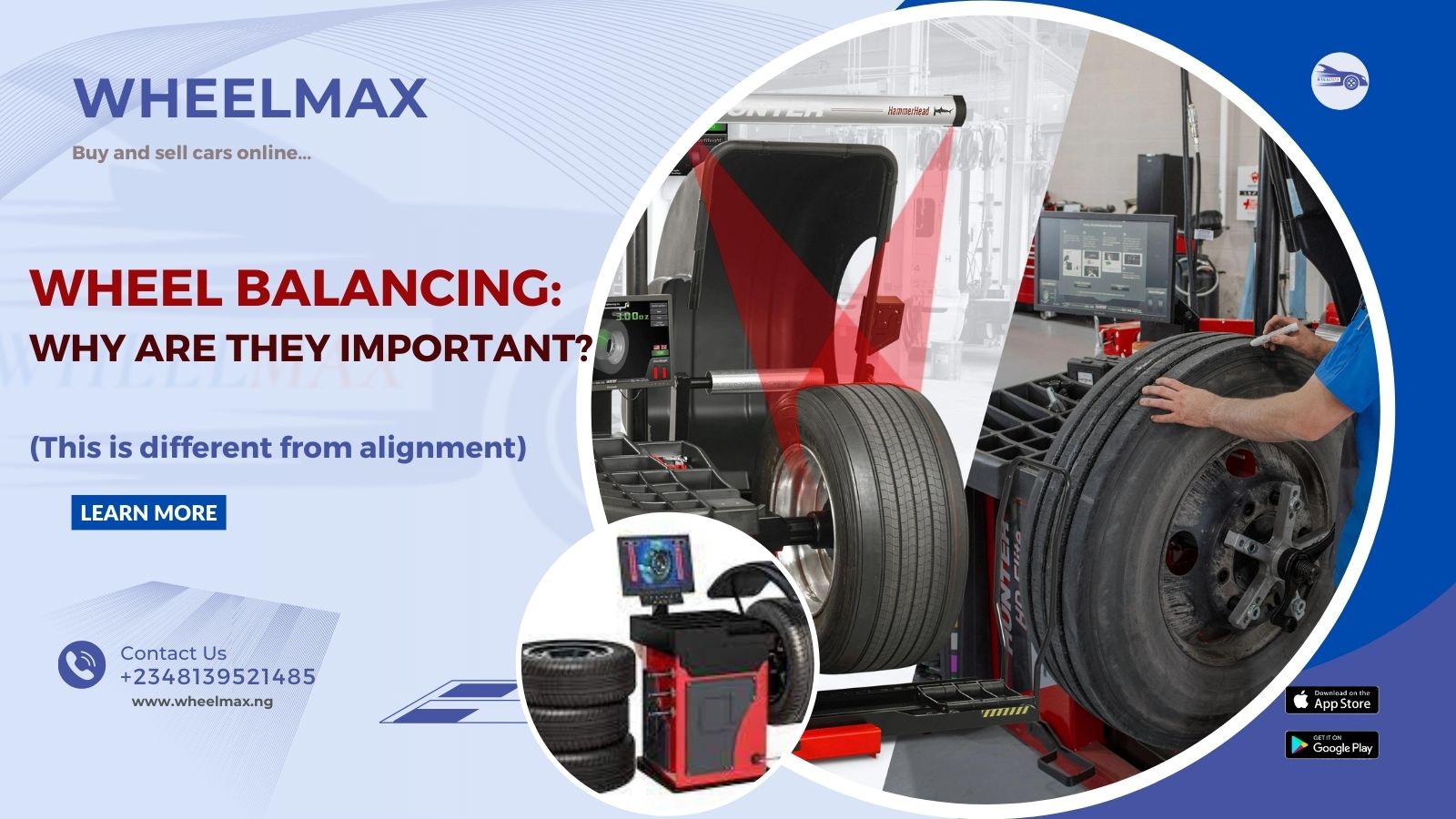Why Wheel Balancing Matters and How to Get it Done Right: Don't Ignore the Wobble
Have you ever been cruising down the highway and felt a rhythmic vibration in your steering wheel? Maybe it happens at certain speeds, or perhaps it's a constant tremor throughout your drive. This unpleasant sensation is a telltale sign of an unbalanced wheel, and it's not something to ignore. Proper wheel balancing is essential for a smooth, safe, and economical ride. In this post, we'll delve into the importance of wheel balancing, its benefits, and the process itself.
Why Wheel Balancing Matters
Think of your tire and wheel assembly as a perfect circle. For optimal performance, the weight of this entire circle needs to be distributed evenly around its circumference. However, due to slight manufacturing variations or imperfections picked up on the road (like hitting a pothole), this weight distribution can become imbalanced. This imbalance creates a situation where certain wheel parts are heavier than others. As the wheel spins, these heavier sections cause a wobbling effect, which translates into vibrations felt throughout the car.

The consequences of unbalanced wheels go beyond a simple annoyance. Here's why you should prioritize keeping your wheels balanced:
- Smoother Ride: The most noticeable sign of unbalanced wheels is vibration. This vibration can be felt in the steering wheel, seat, and even the floorboard, making your drive far less enjoyable. Proper balancing eliminates these vibrations, ensuring a smooth and comfortable ride.
- Reduced Tire Wear: An unbalanced wheel doesn't make perfect contact with the road. This uneven contact causes certain areas of the tire tread to wear down more quickly than others. Balanced wheels wear more uniformly, maximizing the lifespan of your tires and saving you money in the long run.
- Improved Fuel Economy: Unbalanced wheels can increase rolling resistance, which is the force that opposes the wheel's rotation. This increased resistance requires the engine to work harder, leading to decreased fuel efficiency. Balanced wheels allow your car to roll more freely, resulting in better gas mileage.
- Reduced Strain on Suspension: The vibrations from unbalanced wheels can put extra stress on your car's suspension system. Over time, this can lead to premature wear and tear on suspension components, potentially requiring costly repairs.
- Safer Driving: In extreme cases, unbalanced wheels can cause vibrations severe enough to affect steering control. This can be dangerous, especially at high speeds. Proper balancing helps maintain optimal handling and reduces the risk of accidents.
Getting Your Wheels Balanced: A Simple Process
Fortunately, getting your wheels balanced is a relatively straightforward process. Here's a breakdown of what to expect during a typical wheel balancing service:
- Shop Visit: Schedule an appointment with a reputable tire service center or mechanic.
- Wheel Removal: The technician will safely remove each wheel from your vehicle using a lug wrench and jack.
- Balancing Machine: Each wheel is then mounted on a specialized machine called a wheel balancer. This machine spins the wheel at high speed to identify any weight imbalances.
- Adding Weights: Based on the information from the balancing machine, the technician will strategically attach small weights to the inner or outer rim of the wheel. These weights, typically made of lead or zinc, counteract the imbalance and ensure even weight distribution.
- Reinstallation: Once balanced, the wheel is carefully reinstalled on your car, and the lug nuts are tightened to the manufacturer's recommended torque specifications.
How Often Should You Get Your Wheels Balanced?
Generally, it's recommended to get your wheels balanced every 5,000 to 7,000 miles, or roughly once a year. However, there are situations where you might need it sooner:
- Hitting a Curb or Pothole: A significant impact can knock your wheel out of balance.
- Vibration in the Steering Wheel or Car: This is the most common sign that your wheels need balancing.
- New Tires Mounted: When installing new tires, it's good practice to have them balanced as well.
Wheel Balancing vs. Wheel Alignment
It's important to understand the difference between wheel balancing and wheel alignment. While both services are crucial for optimal tire performance and vehicle safety, they address different issues. Wheel balancing ensures even weight distribution around the wheel, while wheel alignment adjusts the angles of the wheels themselves relative to the road. Ideally, you should consider getting both services done regularly for a well-maintained car.
Conclusion
Wheel balancing is a relatively simple and inexpensive task. Doing this will improve your vehicle efficiency. Ignoring unbalanced wheels can lead to a cascade of negative consequences, impacting your driving experience, tire life, fuel efficiency, and even safety. Having a good understanding of the importance of wheel balancing and scheduling this relatively simple service regularly, you can ensure a smoother, safer, and more economical ride down
